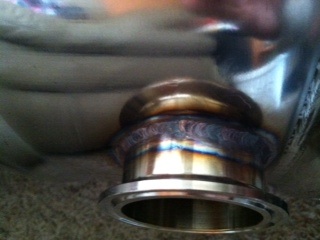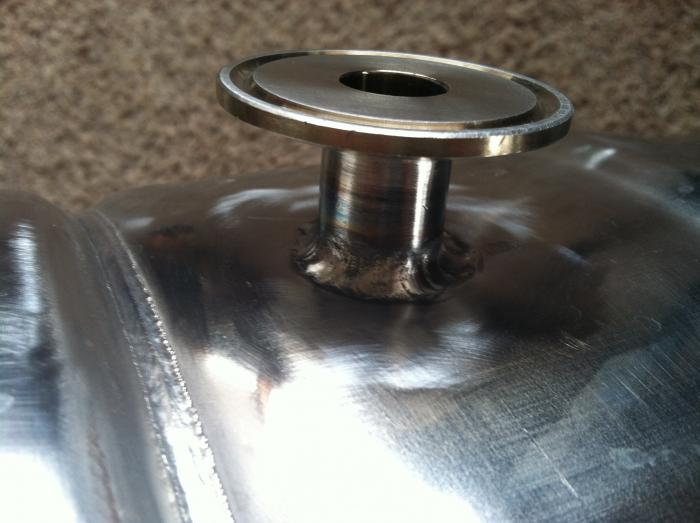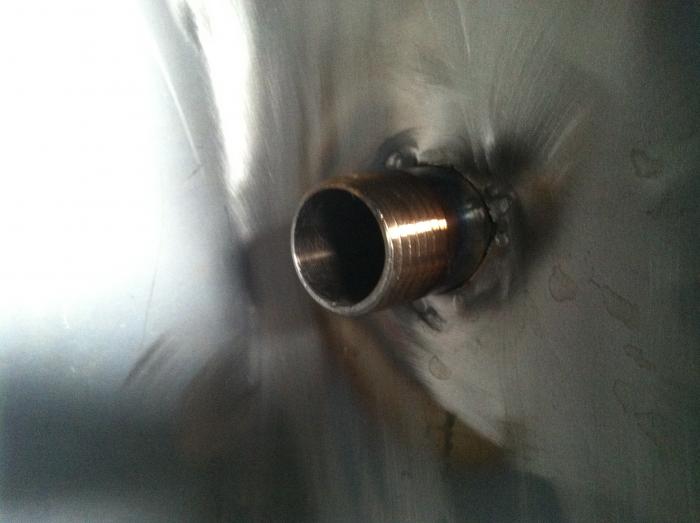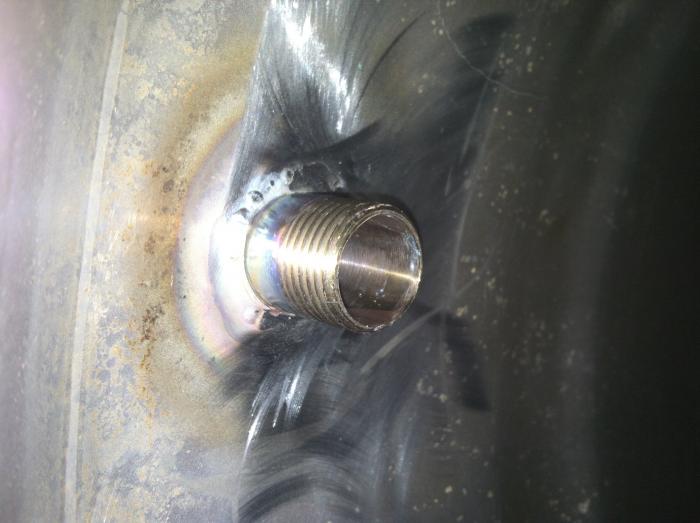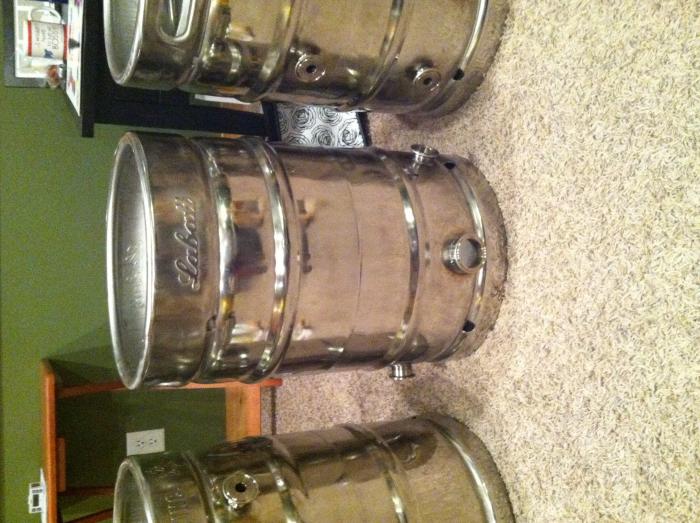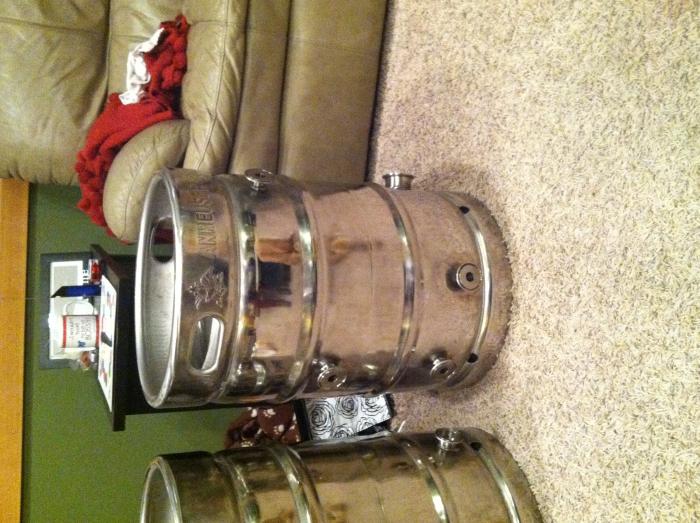So not to ask a stupid question but
What does repassivate the stainless mean?
What does the bar keepers friend do?
Stainless steel is stainless because of the protective chromium oxides on the surface. If those oxides are removed by scouring, or by reaction with bleach, then the iron in the steel is exposed and can be rusted. Stainless steel is also vulnerable to contamination by plain carbon steel, the kind found in tools, food cans, and steel wool. This non-stainless steel tends to rub off on the surface (due to iron-to-iron affinity), and readily rusts. Once rust has breached the chromium oxides, the iron in the stainless steel can also rust. Fixing this condition calls for re-passivation.
Passivating stainless steel is typically accomplished in industry by dipping the part in a bath of nitric acid. Nitric acid dissolves any free iron or other contaminants from the surface, which cleans the metal, and it re-oxidizes the chromium; all in about 20 minutes. But you don't need a nitric acid bath to passivate. The key is to clean the stainless steel to bare metal. Once the metal is clean, the oxygen in the atmosphere will reform the protective chromium oxides instantly. The steel will nearly as passivated as if it was dipped in acid. Nitric acid passivation creates a more chromium-rich passive surface, but is not necessary for brewing use.
To passivate stainless steel at home without using a nitric acid bath, you need to clean the surface of all dirt, oils and oxides. The best way to do this is to use an oxalic acid based kitchen cleanser like those mentioned above, and a non-metallic green or white scrubby pad. Don't use steel wool, or any metal pad, even stainless steel, because this will actually promote rust. Scour the surface thoroughly and then rinse and dry it with a towel. Once you have cleaned it to bare metal it will re-passivate itself.
If you have straw-colored or bluish tinted oxides on the stainless from welding or soldering, it should be cleaned off with a scrubby and cleanser before use. The colored oxides are not passive and will lead to rusting of the stainless steel if not cleaned. You should not have to do this procedure more than once, but it can be repeated as often as necessary.
courtesy of John Palmer




